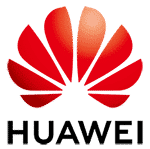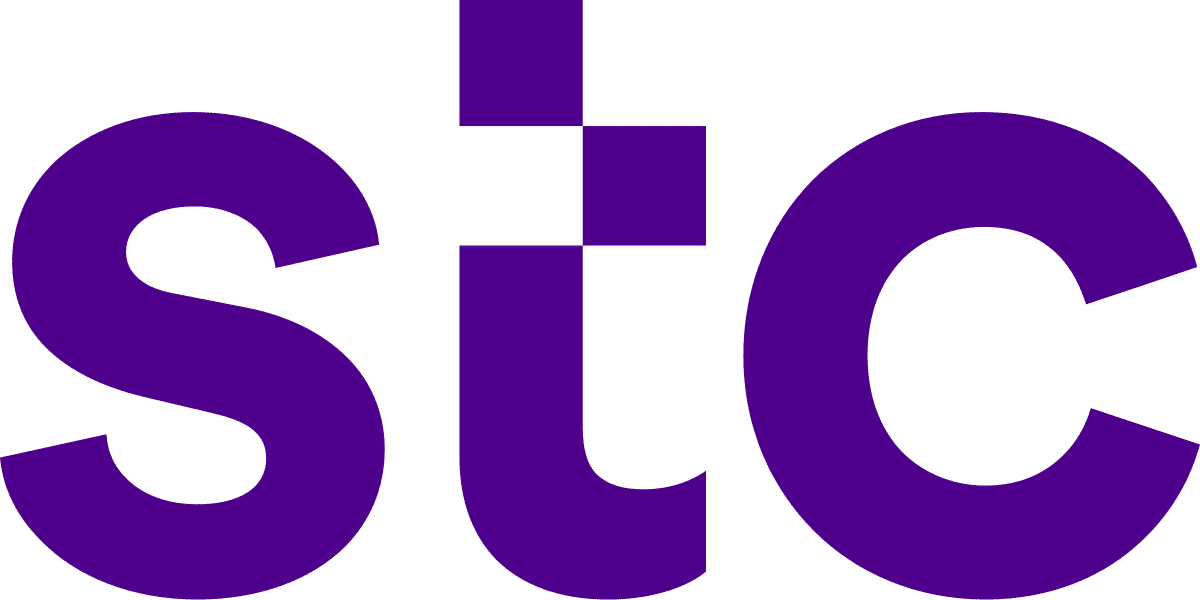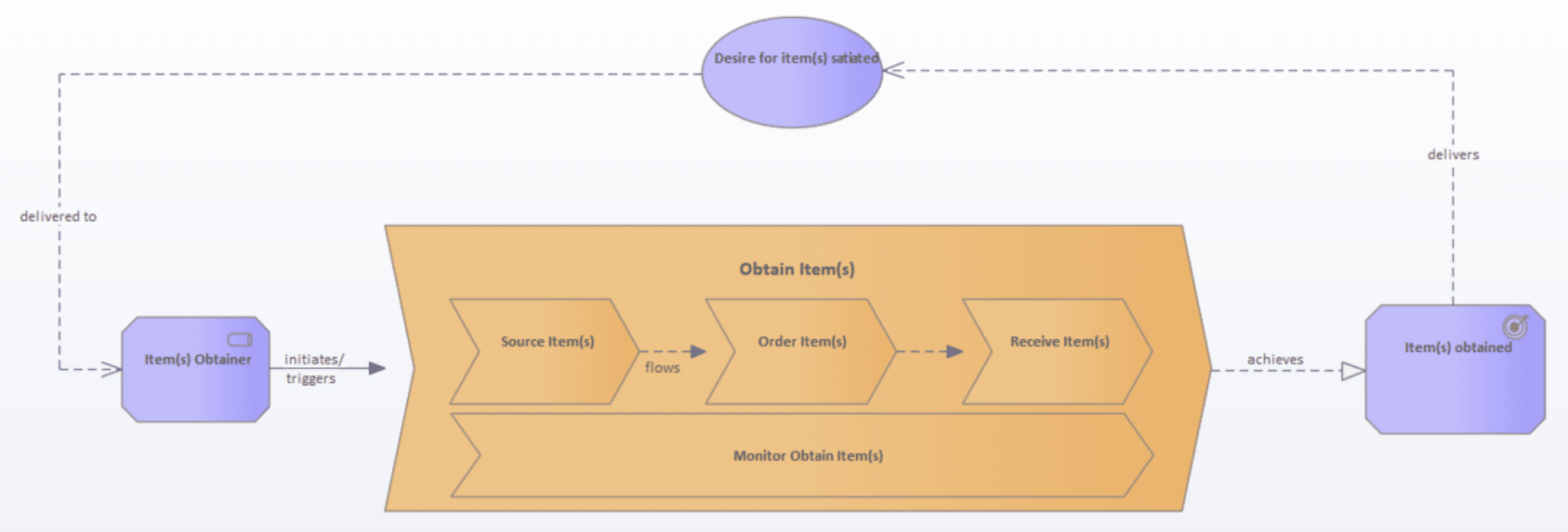Value Stream Framework
Overview
TM Forum Value Streams (TMF-VSF) are based on the fundamental concept of Value Stream (see ArchiMate 3.2):
- A Value Stream represents a sequence of activities that create an overall result for a customer, stakeholder, or end user. A Value Stream can be used to describe how an enterprise organizes its activities to create Value.
- Stakeholders can initiate Value Streams and Value is delivered to Stakeholders by the Value Streams.
- Value Streams may be defined at different levels of the organization, e.g., at the enterprise level, business unit level, or department level.
- Value Streams can be a composition or aggregation of value-adding activities. These are also modeled with the Value Stream element and are known as Value (Stream) Stages, each of which creates and adds incremental Value from one stage to the next. These stages are typically related using flow relationships to model the flow of value between them.
- Value Streams are served by Capabilities, which in turn are realized by various elements (people, processes, information, and systems).
- Value Streams are typically realized by business processes and possibly other core behavior elements. However, they fundamentally differ from Processes because they do not express a specific detailed sequence of steps but rather a set of pre- and post-conditions to a number of steps in value delivery.
TM Forum Value Streams are modeled/developed based on the following key Principles:
-
The Value Stream Stakeholder Centricity principle emphasizes the importance of defining value from the perspective of the stakeholder who receives the value.
-
The Value Stream Outcome principle emphasizes the importance of focusing on the overall outcome or end result delivered by a value stream.
-
The Value Stream Reusability principle emphasizes the importance of designing value streams in a way that is not specific to a particular product, service, value proposition, or implementation thereby promoting reuse.
-
The Value Stream Flow Adaptability principle emphasizes the importance of being able to adapt value streams to stakeholder intention changes. This means being able to terminate value streams early, skip value stream stages, or repeat/re-enter value stream stages as needed.
Value Streams can easily be visualized using the following Value Stream Pattern:
In addition to the visual representation of a Value Stream, Value Streams are typically accompanied by a Tabular Representation.
See IG1277 Business Architecture: Capability Driven Transformation for more details.
| Resource Name | Document version | Document type | Team Approved Date | Download |
|---|---|---|---|---|
|
Business Architecture: Capability Driven Transformation v3.2.2 (IG1277) |
3.2.2 | Introductory Guide | 7 Nov 2024 | |
| 2.0.0 | Guidebook | 13 Mar 2025 | ||
|
IG1328B Concept to Reality Framework - Managed Solar Example v3.2.0 |
3.2.0 | Introductory Guide | 3 Sep 2024 | |
|
IG1328C Concept to Reality Framework - Connected Car Insurance Example v2.1.0 |
2.1.0 | Introductory Guide | 3 May 2024 | |
| 3.0.3 | Guidebook | 5 Sep 2024 |
Collaboration Projects

Value Stream project
Contributing companies









